December 2024
SPECIAL FOCUS - WELL CONTROL & INTERVENTION
OEE insurance as a well control tool
OEE, a specialized insurance policy covering well control incident costs, is becoming a key preventative tool in the oil and gas industry. It not only provides financial protection but also incentivizes proactive well control practices, leading to enhanced safety, reduced risk, and improved business continuity.


